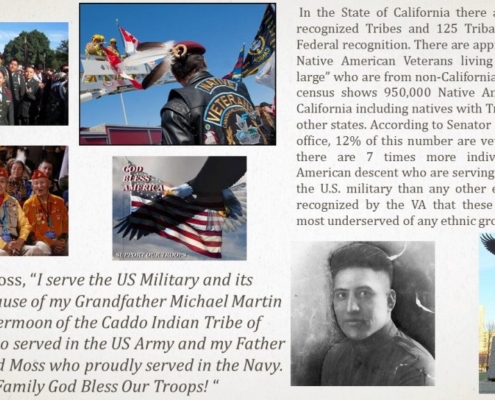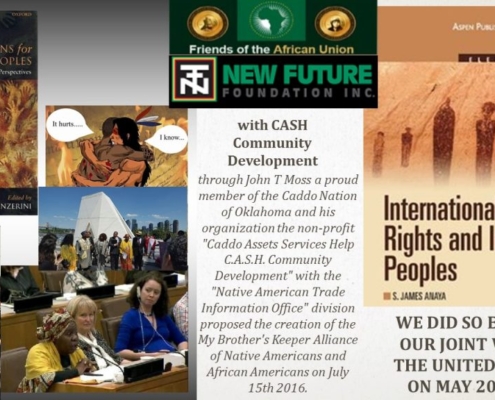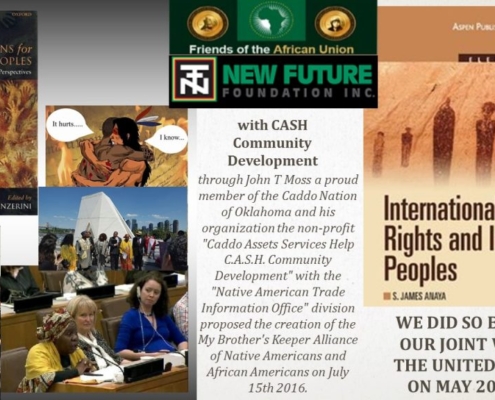COADA
Dispersal through voluntary migration
Dispersal through voluntary migration
See Emigration from Africa for a general treatment of voluntary population movements since the late 20th century.
From the very onset of Spanish exploration and colonial activities in the Americas, Africans participated both as voluntary expeditionaries and as slave laborers. Juan Garrido was such an African conquistador. He crossed the Atlantic as a freedman in the 1510s and participated in the siege of Tenochtitlan.[40] Africans had been present in Asia and Europe long before Columbus’s travels. Beginning in the late 20th century, Africans began to emigrate to Europe and the Americas in increasing numbers, constituting new African diaspora communities not directly connected with the slave trade.
Concepts and definitions
Concepts and definitions
The African Union defined the African diaspora as “[consisting] of people of African origin living outside the continent, irrespective of their citizenship and nationality and who are willing to contribute to the development of the continent and the building of the African Union.” Its constitutive act declares that it shall “invite and encourage the full participation of the African diaspora as an important part of our continent, in the building of the African Union.”
The AU considers the African diaspora as its sixth region.
Between 1500 and 1900, approximately four million enslaved Africans were transported to island plantations in the Indian Ocean, about eight million were shipped to Mediterranean-area countries, and about eleven million survived the Middle Passage to the New World.[42] Their descendants are now found around the globe, but because of intermarriage they are not necessarily readily identifiable.






